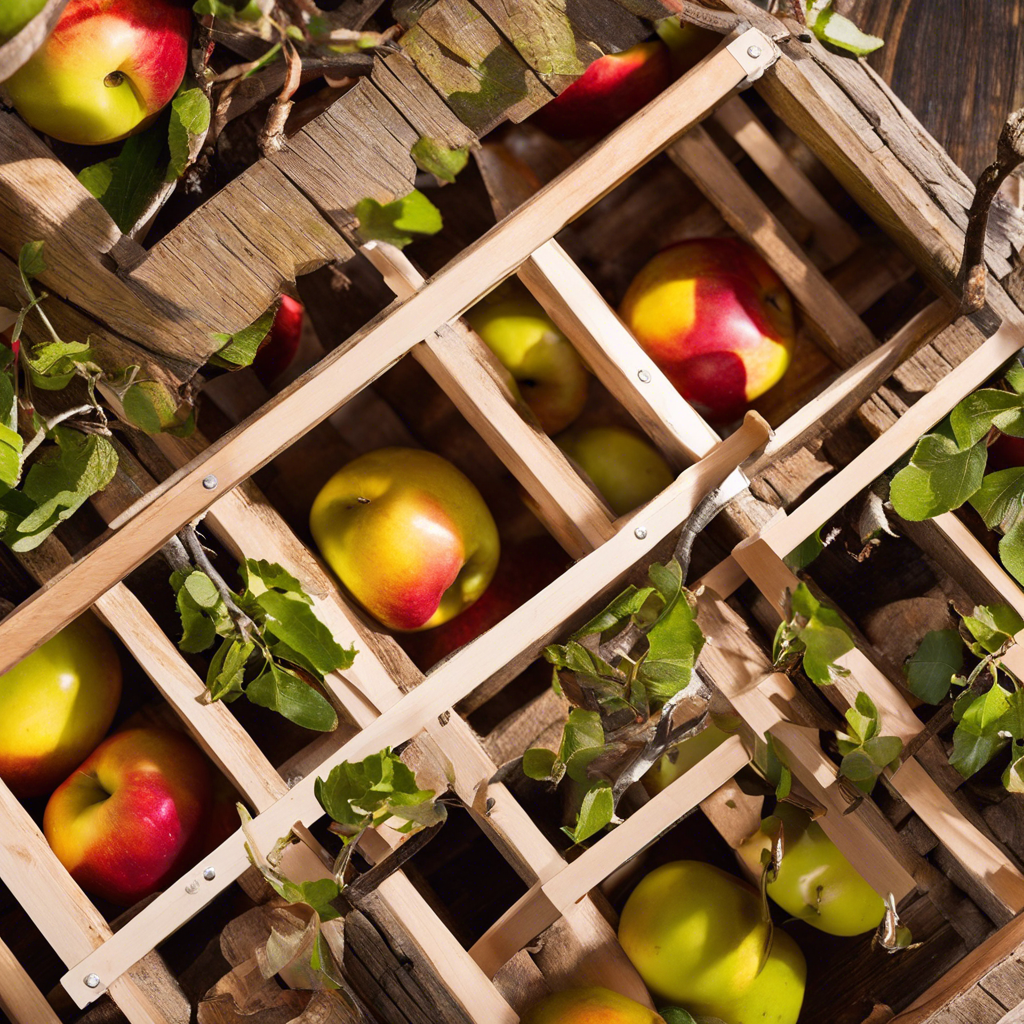Storing and aging hard cider is an art that has been perfected over centuries, and with the right techniques, you can enjoy your cider’s complex flavors and subtle nuances for months or even years. While the process of making hard cider is relatively simple, requiring little more than fresh-pressed apple juice and time, storing your cider properly will ensure its quality and longevity. Here is a guide to help you master the art of storing and aging your hard cider.
When it comes to storing your hard cider, the location is key. The ideal storage location should be cool, dark, and humid to prevent spoilage and maintain the cider’s quality. Basements are a popular choice as they naturally maintain a cooler temperature and provide protection from light and temperature fluctuations. However, if a basement is not accessible, any cool, dark area of your home will suffice. Consistency in temperature is crucial; aim for temperatures between 45-55°F (7-13°C).
Proper bottling is another essential aspect of storing your cider. It is best to use thick, dark-colored glass bottles, such as amber or dark green, to protect your cider from light exposure, which can cause spoilage. Ensure that your bottles are thoroughly cleaned and sanitized before filling to prevent any bacterial contamination that could ruin your cider.
Once your cider is bottled and sealed, it’s time to be patient and let it age gracefully. Aging allows the flavors in your cider to meld and develop, enhancing the taste and creating a smoother finish. Depending on the desired result, there are a few aging methods you can use. Bulk aging, or aging the cider before bottling, speeds up the aging process and is ideal for cider intended for near-term consumption. On the other hand, bottle aging, or aging the cider after bottling, takes more time but allows for more complex flavor development. With bottle aging, you can enjoy your cider years after it was first crafted.
During the aging process, it is crucial to regularly check on your cider to ensure it is maturing as desired. Sample your cider every few months to note the development of flavors and carbonation levels. This practice will also help you identify any potential issues, such as spoilage or off-flavors, and take corrective action. Remember that the aging process is a journey, and each batch of cider will age differently based on various factors, including ingredients, technique, and storage conditions.
Storing and aging your hard cider can be a rewarding pursuit, resulting in a complex and refined beverage. With the right storage conditions, bottling practices, and patience, you’ll be able to enjoy the fruits of your labor, literally and metaphorically, for the long term. So, whether you’re a home cider maker or just looking to expand your beverage horizons, embrace the art of storing and aging hard cider. Cheers to that!
To enhance the flavor and complexity of your hard cider, consider experimenting with different types of wood during the aging process. Oak is a popular choice due to its ability to impart vanilla, spice, and toasted notes to the cider. However, feel free to explore other options, such as chestnut, cherry, or even apple wood. Each type of wood will contribute unique flavors and aromas, allowing you to create distinctive ciders with nuanced characteristics.
Another critical aspect of storing and aging hard cider is maintaining the correct level of humidity. Ideally, you want to aim for relative humidity levels between 50% and 70%. This range helps prevent the corks or caps from drying out and ensures that your cider doesn’t lose carbonation over time. If the air in your storage area is particularly dry, consider using a humidifier to maintain the desired humidity levels.
While bottling your cider, it’s essential to pay attention to the headspace—the space between the cider and the bottle’s closure. Too much headspace can lead to oxidation and spoilage, while insufficient headspace can cause excessive pressure and potential bottle explosions. Aim for about 1 inch (2.5 cm) of headspace for standard bottles and adjust accordingly if using different sizes. Additionally, ensure that your bottles are properly sealed to prevent air intrusion, which could compromise the quality and safety of your cider.
Finally, remember that storing and aging hard cider is a personal journey, and your preferences will play a significant role in determining the “perfect” cider. There are no hard and fast rules, as everyone’s taste buds are unique. Some may prefer a crisp, young cider with bright apple flavors, while others might enjoy the more nuanced, mature profile of an aged cider. Trust your palate, and don’t be afraid to experiment with different storage times and conditions to find what works best for your taste.
